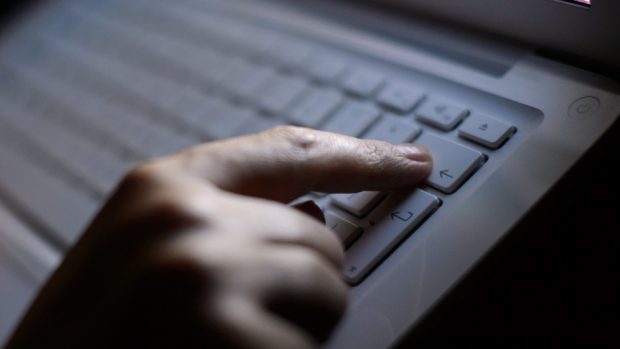A top detective yesterday revealed that cybercrime targeting children in the Highlands and Islands is on the rise – and appealed to parents to be extra-vigilant.
Peer-to-peer sharing of nude photographs is a particular concern for police in the north, according to Detective Inspector Diane Smith, who heads the Divisional Child Abuse Investigation Unit based in Inverness.
She said: “There is certainly an increase in cycbercrime in the Highlands, which is a concern regarding potential sexual exploitation.
“Peer-to-peer sharing is becoming more regular, but children have to be sure who they trust.
“There are teenagers who are sharing images of themselves to each other. They are sending nude photographs of each other and are relying on a bond of trust.
“It only takes one person to break the bond, put it online and the image gets out of control on social media.”
And Detective Chief Inspector Mclaughlin, Police Scotland’s head of public protection in the Highlands and Islands, told the Press and Journal: “Once an image is put out there it can’t be deleted.
“We can try to control it as much as we can but rely on a multi-agency partnership to ensure children are aware of the dangers.”
And DI Smith added: “We also urge parents to be aware of the risks to their children.”
Aside from peer-to-peer sharing of images between children who know each other, another danger is youngsters contacting strangers online.
The detective said: “In the online world children do not know who they are actually talking to.
“They can be manipulated into sharing [an explicit] image of themselves, leaving them open to blackmail.
“Children can then be left shamed and embarrassed and not willing to speak to adults. There is a real risk of self-harm, as we have seen in incidents in the past.
“A lot of work we do is raising awareness in children that they have people to speak to. But we also need to work on raising awareness in parents to prevent children falling into these situations.”










